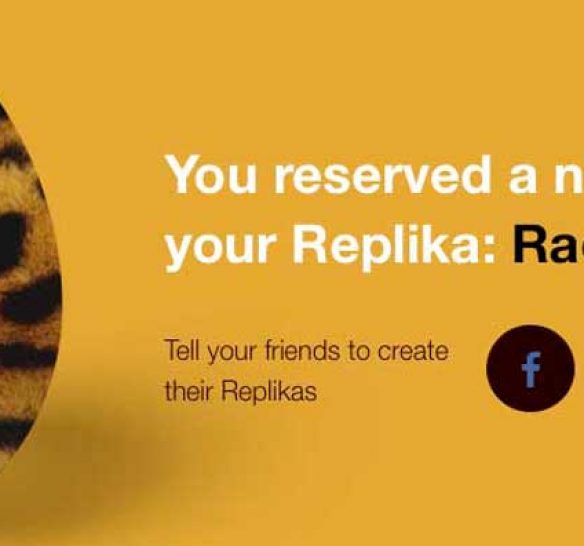Great customer experience – failure will happen

We love a disaster. Epic fails in customer experience (CX) are well documented. Most tales relate to the poor handling of complaints or occasions when things go wrong and such stories spread fast.
In 2014, the terror attack in Sydney led to a rush for taxis out of the city. UBER’s algorithm kicked in and implemented surge pricing. Twitter was alight with accusations of cashing in at a time of crisis, yet this system had been designed to encourage more drivers onto the streets at times of high demand.
Failure is predictable. It will happen, whether it’s your fault or not. From a server crash to poor mobile reception, contingency is key and the solution may be as simple as carefully crafted copy to dissolve confusion or a skeleton interface during page loads (those grey lines and boxes we see on the BBC and Facebook apps) – far more comforting than a spinner on a blank background.
Predictability can be applied to the customer too. The best CX are where the organisation is smarter than the customer. Not in a show-off way, but by understanding motives and behaviours and by removing the need for excessive customer thinking. This can only be achieved through constant research, testing and measurement. An organization must look beyond its own properties and understand the behaviours of it’s customers elsewhere. How do they shop, socialise, work and relax? Primarily, what are the activities that have a bearing on how they interact with your product or service?
At SYZYGY, we create customer experience maps for our clients. Akin to infographics, months of research can go into plotting the phases a customer may traverse from pre-consideration through to purchase, aftersales and re-purchase, for example. We look at touch points, owned or otherwise and evaluate customer thoughts, actions and sentiment at each, identifying hurdles and opportunities within the cycle. The CX maps are often eye openers for business managers where responsibilities may be siloed.
The map can draw attention to the hop-scotch customers play as they leap between services, departments and devices, even brands. It becomes a valuable reference point we use with the client when defining a roadmap for what is designed, built and delivered.
A customer experience map is NOT about process. What goes on in the back room is not CX and businesses sometimes fail to make this distinction, resulting in a muddled regime where the customer is not prioritized and the experience is diminished.
Going forward, good, seamless digital experience design will have to encompass the rise of service aggregation within the likes of Amazon, WhatsApp and Apple’s Siri, bringing new customer/brand interactions and fostering increasingly demanding expectations within the mindset we refer to as ‘UBER’s Children’. Value through empowerment, whether that’s convenience or knowledge, is the focus today. Brands that get this right provide an experience that makes them indispensible. They become the ‘go-to’ in whatever sector they operate and understand that not every interaction necessarily involves transaction, being willing to impart knowledge as a form of investment to drive acquisition, loyalty or retention.
Those brands also understand the power of a happy ending. Research shows we primarily remember the conclusion and the most emotionally intense moment during an experience. If we can engineer experiences where these are positive, even if everything else may be relatively dull, the customer is more likely to recall a good CX, resulting in repeat purchase or recommendation.
So, having used your CX map to inform your enhancements and having empowered your customers, when your predicted failure does occur, resolve it with an experience that beats the customer’s expectation. The positive will be remembered. A lose-win scenario, if you like.




Comments on This Post
Thanks for your blog, nice to read. Do not stop.
Mark